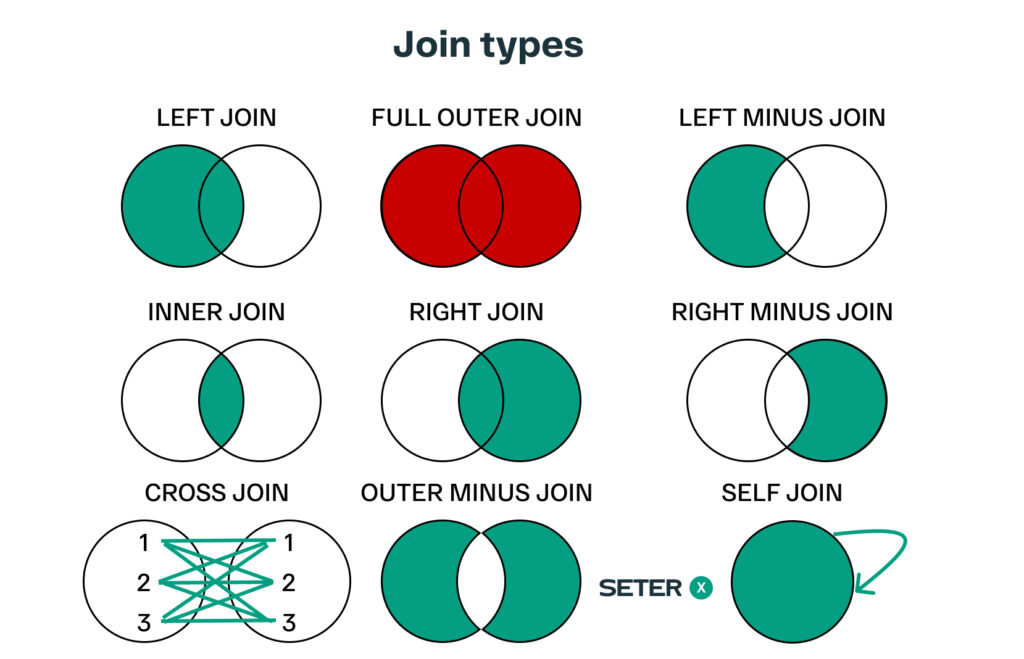
In SQL, different types of joins allow us to combine data from multiple tables based on specified conditions. The Full Join, also known as a Full Outer Join, returns all rows from both tables, including NULL values for unmatched columns. It is useful when we want to merge data from two tables, regardless of matching rows. Other join types include Inner Join, Left Join and Right Join, each serving specific purposes for combining data effectively.

Syntax
SELECT column_names
FROM table1
FULL OUTER JOIN table2
ON table1.column_name = table2.column_name;In this case, table1 and table2 are the two tables we want to join, and column_name is the column that we want to use to join the tables.
Example
Let’s consider two tables, employees and departments. The employees table contains information about employees, including their name, job title, and department ID. The departments table contains information about the different departments in the company, including their name and department ID.
Suppose we want to create a list of all employees and their department, including employees who are not currently assigned to a department. We can achieve this by performing a Full Join between the employees and departments tables:
SELECT employees.employee_name, departments.department_name
FROM employees
FULL JOIN departments
ON employees.department_id = departments.department_id;This query will return all the rows from both tables, and include NULL values for department_name where there is no matching department for an employee, and for employee_name where there is no matching employee for a department.
Output:
| employee_name | department_name |
|---|---|
| John Smith | Accounting |
| Jane Doe | Marketing |
| Mary White | Marketing |
| Tom Johnson | NULL |
| NULL | IT |
Conclusion
Full Joins in SQL are beneficial for combining all rows from two tables, regardless of matching rows. Mastering Full Joins enables us to create more complex queries and extract valuable insights from our data. Additionally, exploring techniques like SQL Self Join and SQL Union expands our data manipulation capabilities and allows us to handle a wider range of challenges.






